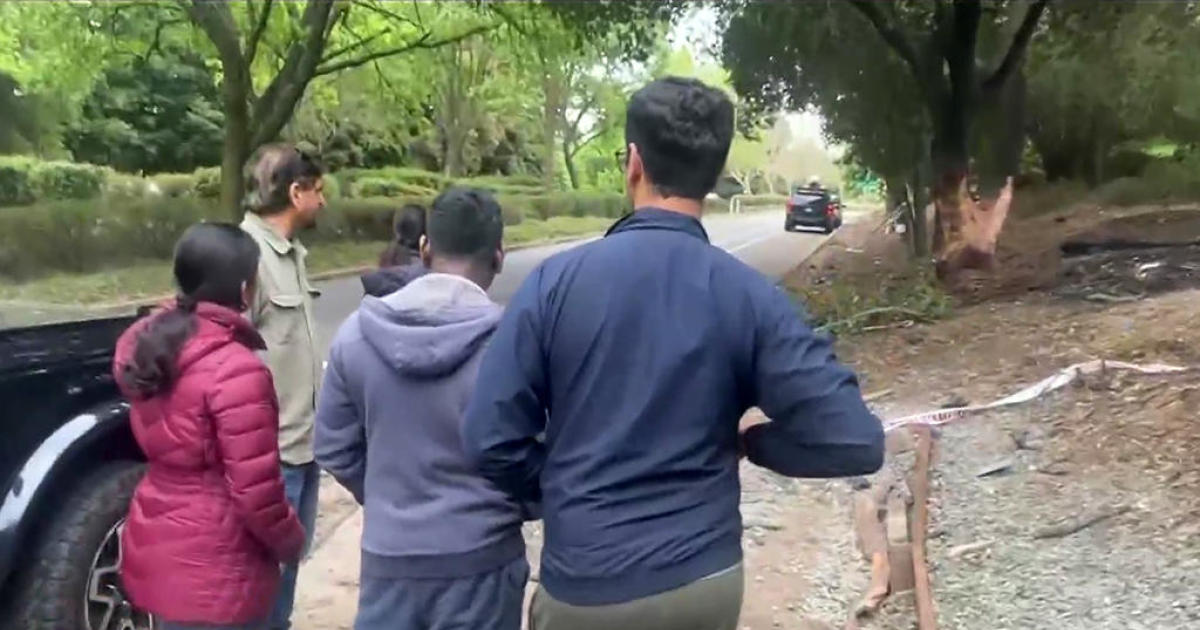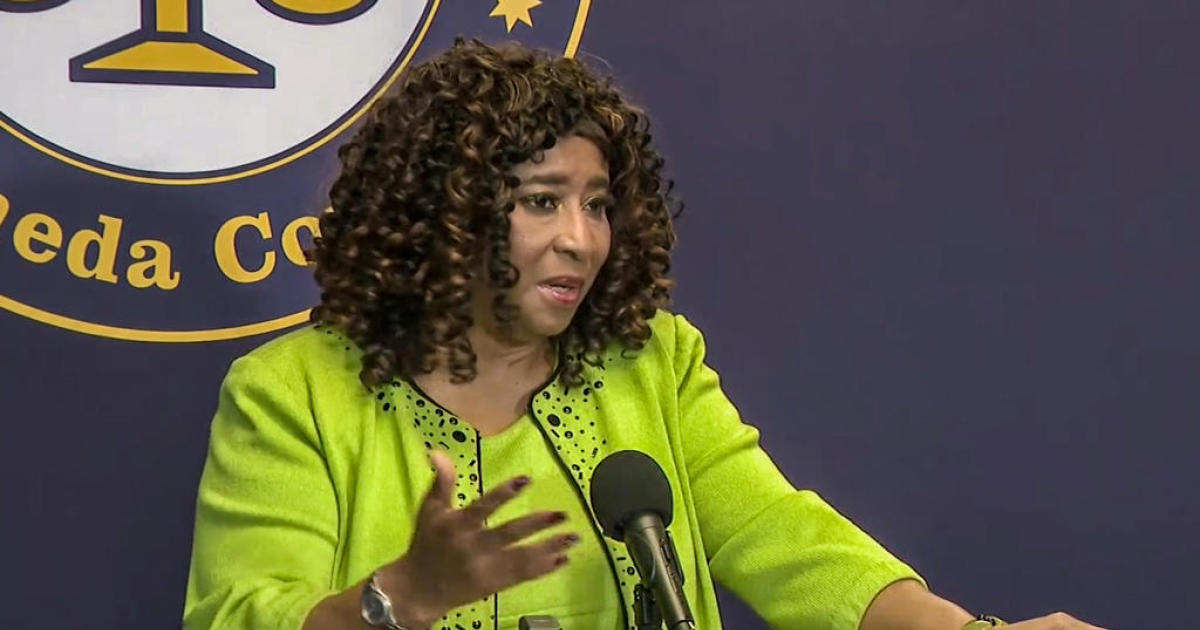Huge Wetlands Restoration Project Begins In Contra Costa County
MARTINEZ (KPIX 5) -- A massive wetlands restoration project getting underway in the East Bay aims to fix a longtime problem in Martinez.
On Tuesday, Contra Costa County approved an $11 million contract to restore the wetlands at the mouth of Walnut Creek. It's the largest such project in the county's history. Officials say this time, they intend to do it right.
Back in the 1960s, the U.S. Army Corps of Engineers dredged and installed levees on Lower Walnut Creek in Martinez to create a flood-control channel deep enough for big ships to navigate.
But there has always been one problem.
"This area is like a sediment trap," said Tim Jensen, Assistant Chief Engineer with the Contra Costa County Flood Control and Water Conservation District.
This area where the creek empties into the Carquinez Strait collects silt from the Mt. Diablo watershed. Jensen told KPIX it is natural for water to spread out in flat areas, but the Army Corps kept trying to dredge a deep channel that would quickly fill back in.
"It was just getting very expensive," said Jensen. "They said, 'We've got to figure out another way to do this.' Uou know? Sure, it's a good project, but there's got to be a less environmentally damaging way to do it."
The county has now hired a company called Four M Contracting to widen out the flood control channel so it flows more naturally. The project will be done with state and federal funding, as well as money from Measure AA, a regional conservation initiative passed by Bay Area voters in 2016.
But officials also discovered there's lots of money available for wetland habitat creation, so the company will be doing that as well, increasing tidal flows, improving access for salmon and steelhead.
A partnership with the John Muir Land Trust will eventually provide public recreation including, hiking and bike trails, kayaking and birdwatching. Jensen says they've learned a lot about achieving flood control without standing in the way of nature.
"It's the way it should have been done back then," he said. "Just, the science wasn't there and the understanding of how to work with nature instead of against it, basically, is what they were doing. Levees, dams…all those manmade facilities don't always do it right."



